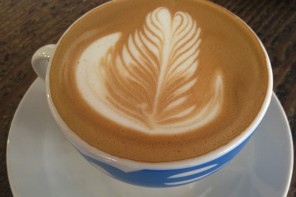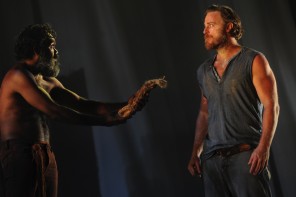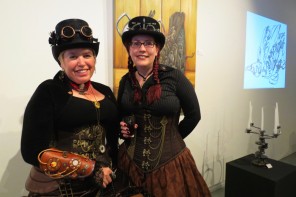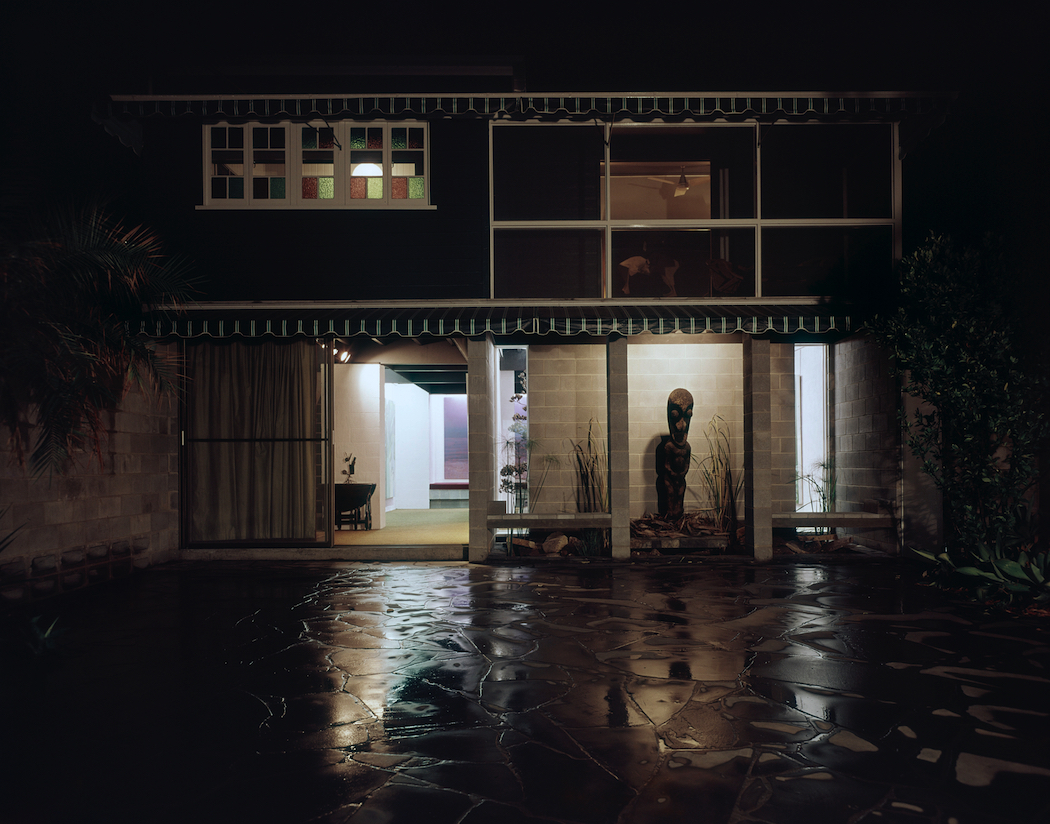
The Johnstone Gallery was a focal point of artistic and social life in Brisbane in the 1950s and ’60s. It was one of Australia’s first commercial art galleries and owners Brian and Marjorie Johnstone were very innovative in their sales and marketing. Their Sunday exhibition openings, in particular, were legendary.
This charismatic couple helped raise the profile of some of Australia’s best-known artists. Charles Blackman, Sidney Nolan, Donald Friend, Arthur Boyd, Ray Crooke and Margaret Olley are among the artists whose sales they brokered.
Originally operating in Upper Edward Street as the Marodian Art Gallery, they relaunched the gallery in 1952 under their own name in the basement of the Brisbane Arcade. In 1958 they moved the gallery to their home in Bowen Hills, and when it eventually closed in 1972, there was a very real sense that it was the end of an era.
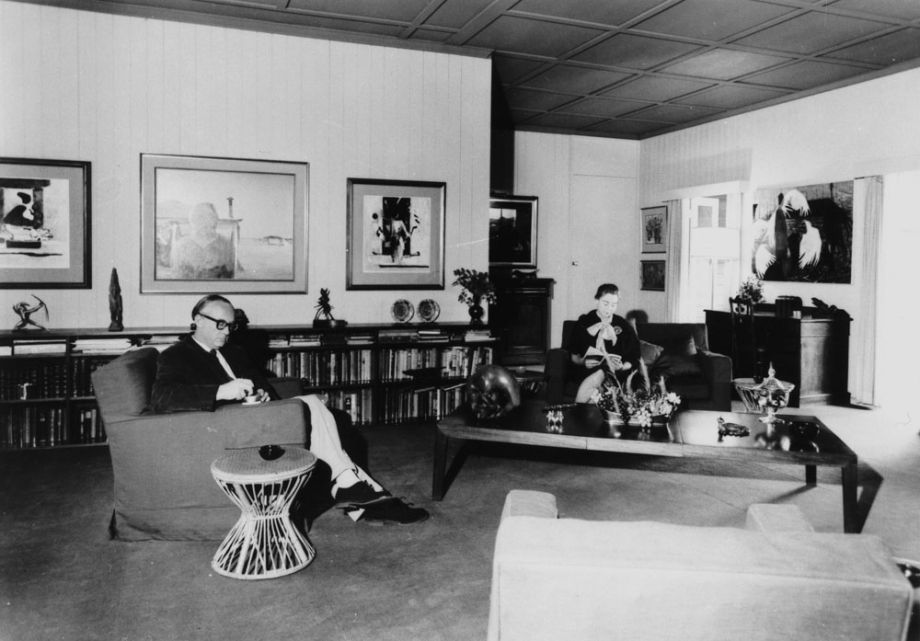
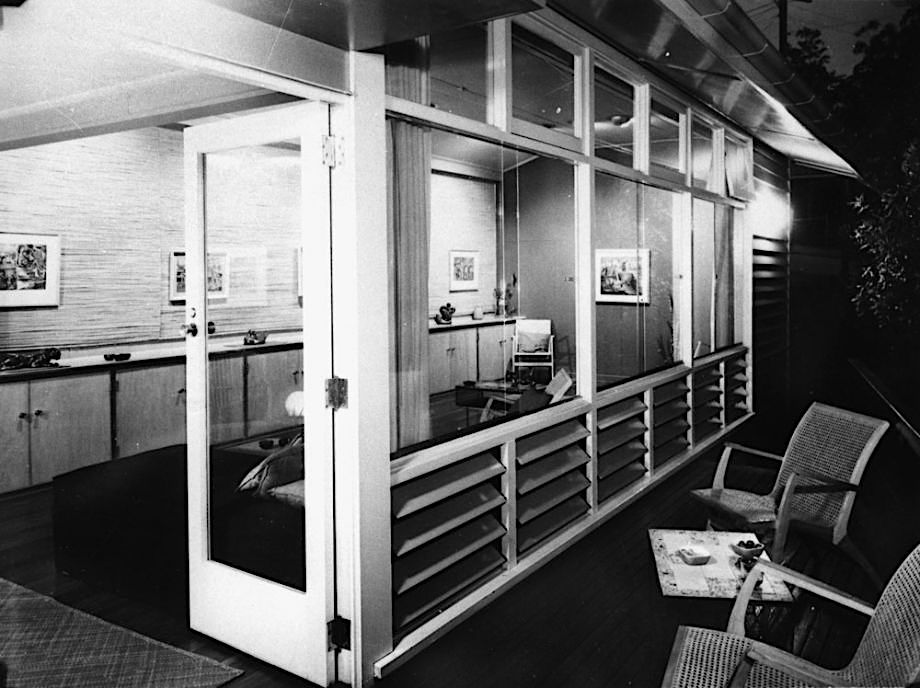
The decades in which they operated their gallery were seminal in the development of an audience for contemporary art in Australia, and the Johnstones brokered strong sales year after year. The strategies they used were widely adopted by other commercial galleries and are still being used by galleries today.
The story of this trailblazing couple is told in the State Library of Queensland’s Johnstone Gallery Archive (1948-72) and Arthur Davenport Photographs (1955-92). And now, in recognition of the important role they played in the evolution of contemporary art in Australia, this rare and wonderful archive has been added to the UNESCO Australian Memory of the World Register.
The archive includes scrapbooks, correspondence and exhibition catalogues, and has been extensively used by researchers and art historians. The Arthur Davenport Photographs support the archive by documenting artworks and installations at the Johnstone Gallery from 1964 until 1972.
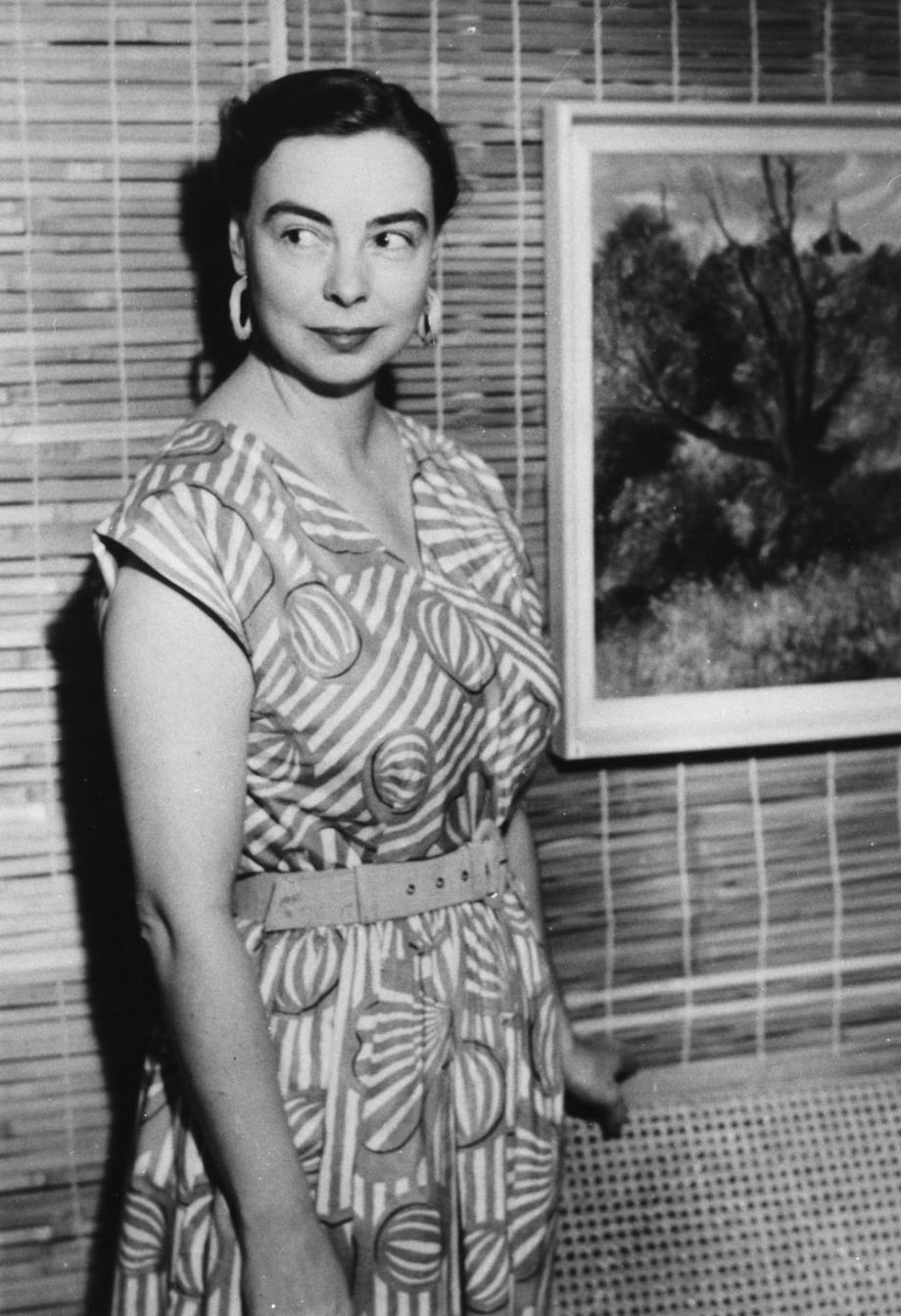
Queensland’s State Librarian, Vicki McDonald, said the collections provide important context around the start of the commercial art scene in Australia.
“The drama and ambience of (the Johnstones’) display methods made visiting the gallery unforgettable, and their advocacy for the artistic community is an important part of our state’s history,” she said. “This rare archive sheds light on the relationships between art dealer and client which is so often invisible to the public eye.”
Marjorie Johnstone bequeathed this irreplaceable and immensely valuable resource to the Australian Library of Art, State Library of Queensland, when she died in 1993.
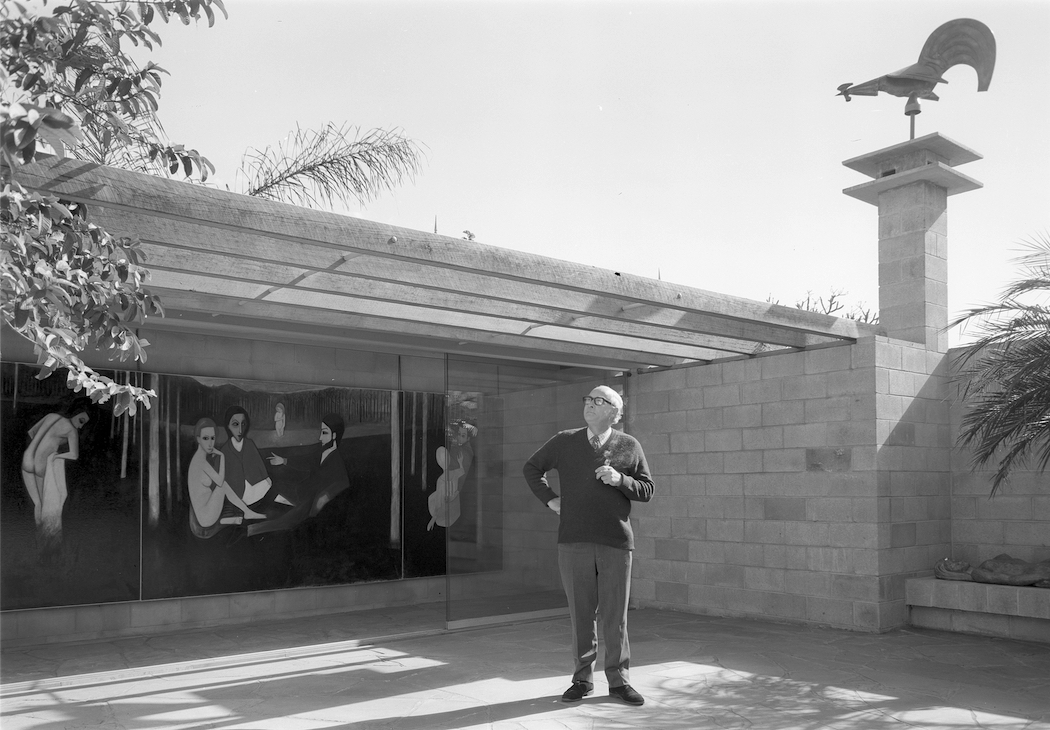
Recognised for its national significance, the archive takes its place alongside other historic documents in the UNESCO Australian Memory of the World Register, such as the Mabo Case manuscripts, the first Australian narrative film The Story of the Kelly Gang (1906), and the final draft of Dorothea Mackellar’s iconic Core of my Heart (later My Country) poem.
Minister for the Arts, Leeanne Enoch, says the addition of the Johnstone Gallery Archive to the UNESCO register will ensure the gallery’s legacy will continue to have an impact on future generations.
More information on the Johnstone Gallery Archive can be found on the State Library of Queensland website.
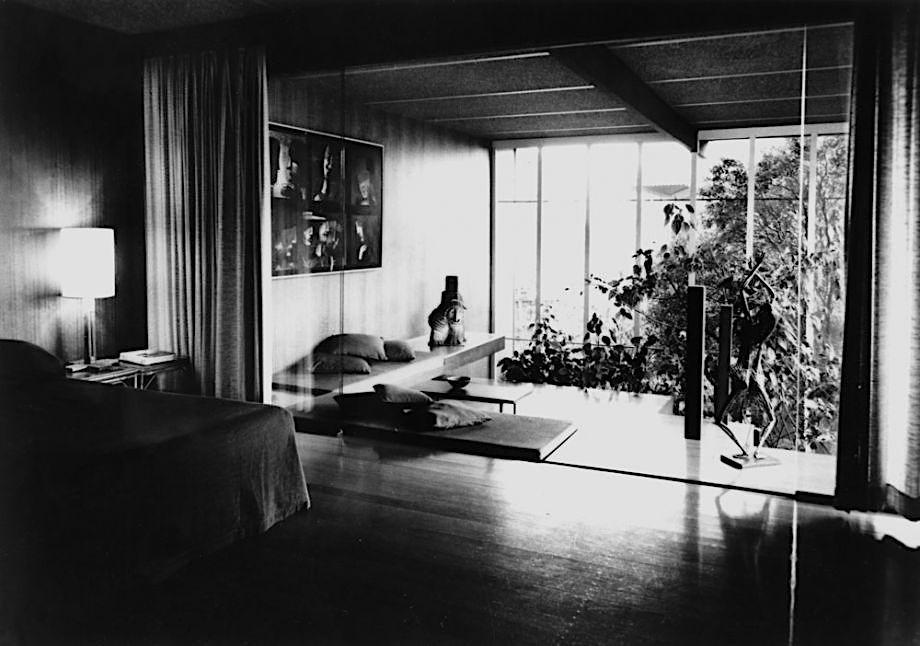
Did you know that these other items from the Queensland State Library are also on the UNESCO Australian Memory of the World Register?
• Anzac Day minute book (added 2019): details the Anzac Day Commemoration Committee’s first meeting where it was agreed that Anzac Day would take place on 25 April 1916
• Margaret Lawrie Torres Strait Island Collection (added 2008): stories from the Torres Strait Islands, genealogical information on many Torres Strait Island families, slides and photographs, artworks, and research material
• Manifesto of the Queensland Labour Party, 1892 (added 2008): a handwritten foundation document of the Queensland Labour Party
• The Convict Records of Queensland 1825-42 (added 2009): records that document the penal settlement at Moreton Bay
• James Tyson Papers (added 2017): surviving records of the creator of one of Australia’s greatest pastoral empires

